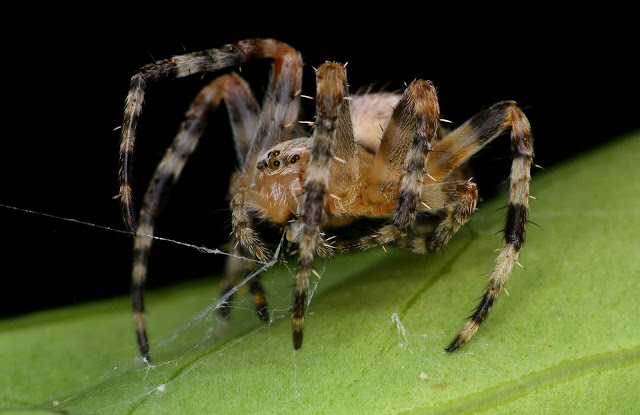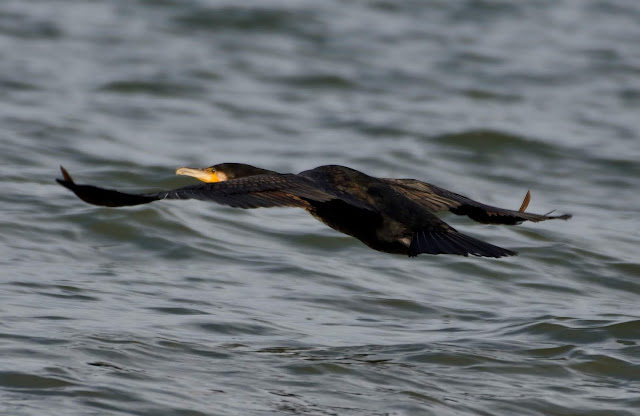Spiders............the gardener's friend.

I love photographing spiders and the following images were all taken with my Nikon D500 and Macro lenses. Whilst many people are scared of Spiders, these fascinating creatures help keep our houses and gardens free from many 'far worse' insects. Garden Spider Spiders are arachnids, a class of arthropods that also includes scorpions, mites, and ticks. There are more than 45,000 known species of spiders, found in habitats all over the world. Spiders range in size from the tiny Samoan moss spider, which is .011 inch long, to the massive Goliath Birdeater, a tarantula with a leg span of almost a foot. Harvestman Spider For most people, the thought of spiders conjures up images of tarantulas and other (seemingly) fearsome creatures. Though all spiders have venom to one degree or another, only a handful are dangerous to humans. Those include the Black Widow and the Brown Recluse, but neither are found in Europe. Orb Web Spider catches a fly The vas


